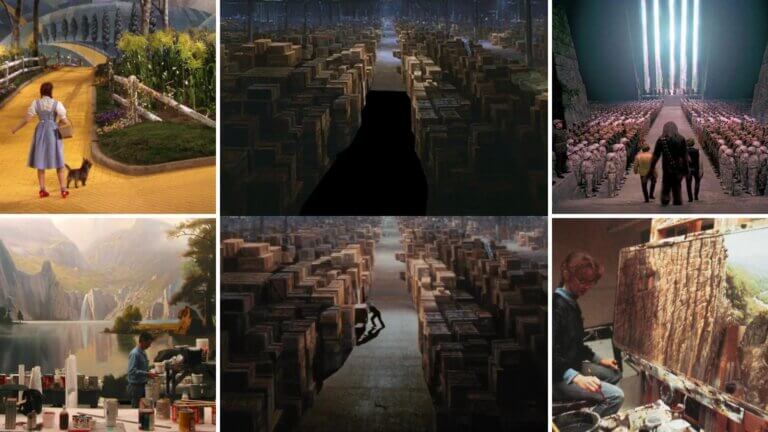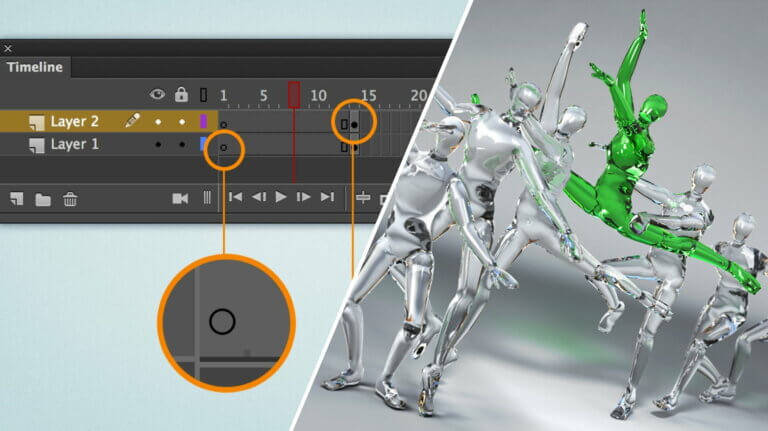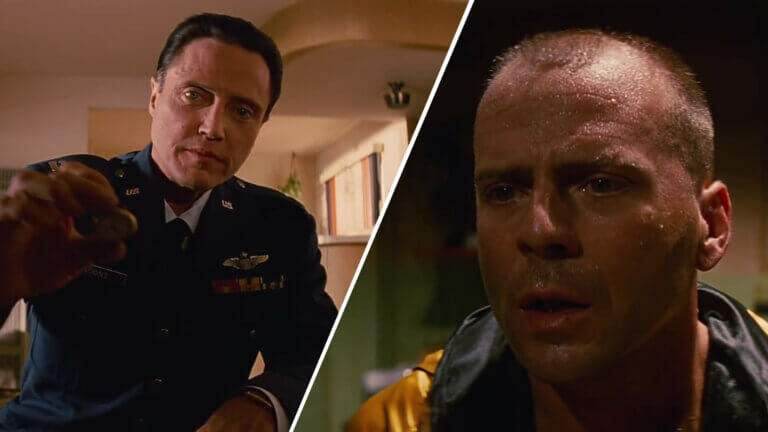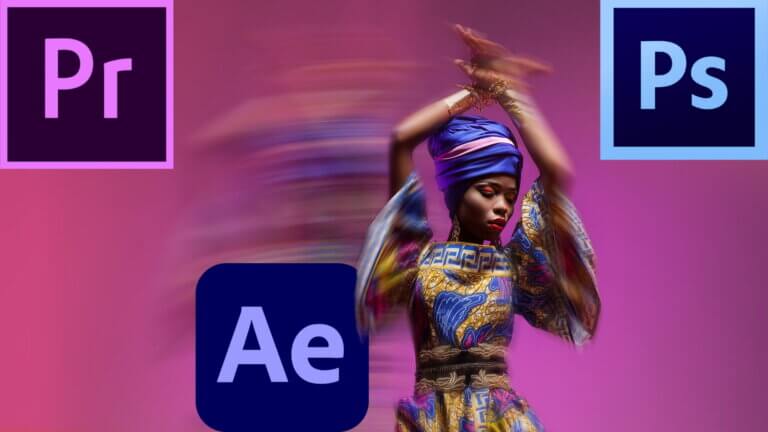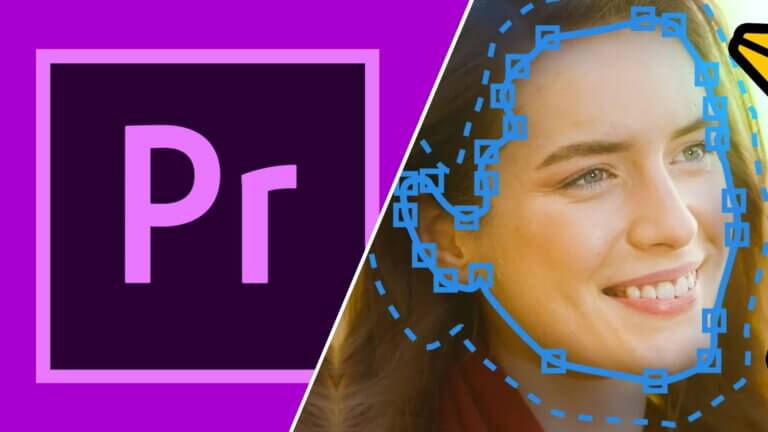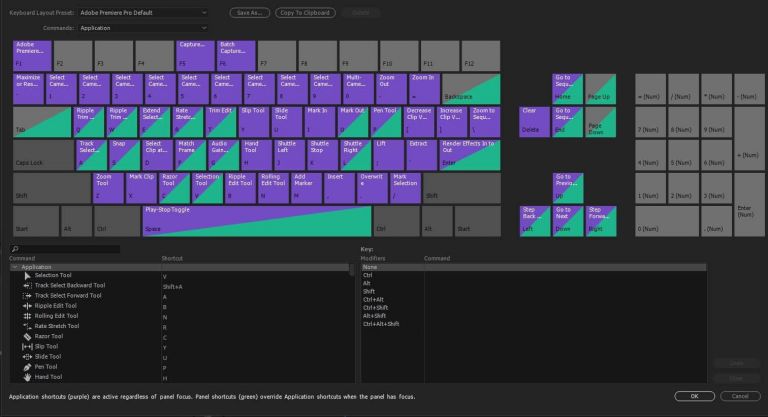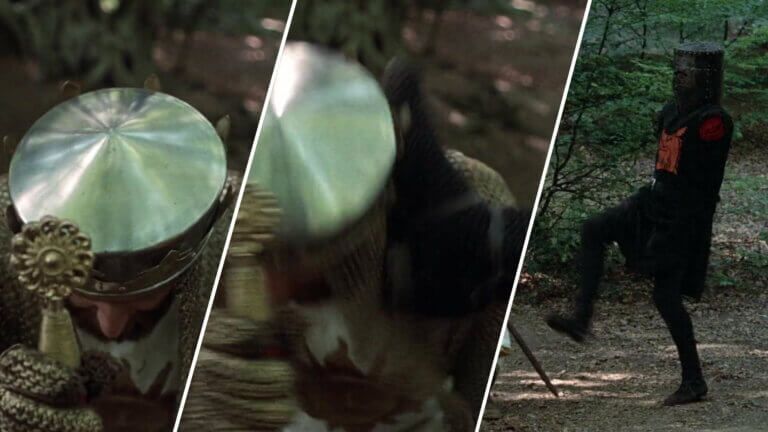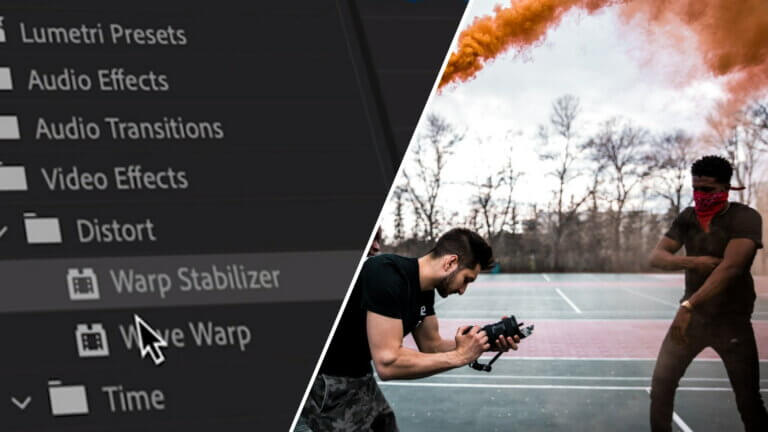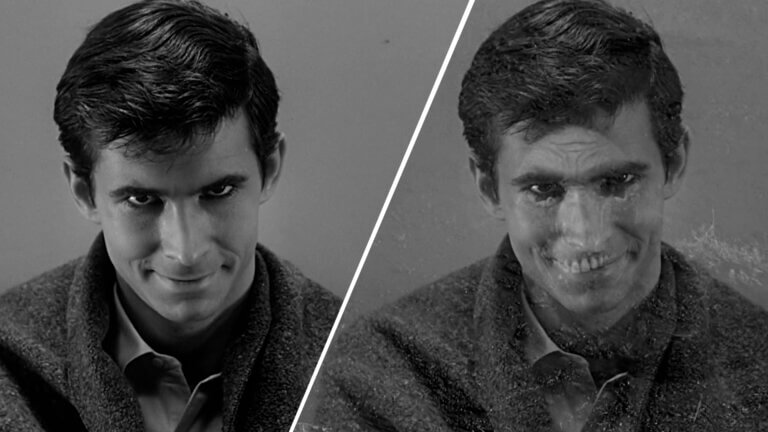Matte painting is a technique used in filmmaking to create unique and realistic sets on a low budget. This method has been used by filmmakers since the early 1900s and has become an integral part of creating stunning visuals for films. But what is matte painting in film production? In this article, we will look at what it is, its history, and how it can be used to enhance storytelling through film.Continue reading What is Matte Painting in Movies — Definition and Examples
Cross Cutting and parallel editing are highly effective editing techniques that can greatly improve the quality of any film or visual work. If you've heard the expressions "greater than the sum of its parts," then you already know why these techniques are used so often in filmmaking. In this post, we’re going to give you a cross cutting definition with some iconic examples and the parallel editing techniques to elevate your next project.Continue reading What is Cross Cutting and Parallel Editing in Film?
Have you ever wondered what exactly keyframes are? How about the difference between keyframes in animation vs. keyframes in video editing? The two are different but might be more interconnected than you realize. In this post, we’ll be covering everything you need to know about keyframes.Continue reading What are Keyframes in Animation — Origins and Modern Uses
Have you ever watched a movie where someone says they will absolutely not do a thing, but the very next shot is them doing the thing? How about a scene where someone is about to get murdered, but the very next shot is someone making dinner? If you answered yes, you may have encountered a smash cut in the wild. But what is a smash cut, where did it come from, why is it used, and how can you take advantage of it?Continue reading What is a Smash Cut — An Editor’s Guide with Examples & Tips
Are you wondering how to add motion blur to your photos or videos? If so, you’ve come to the right place. If you didn’t get the motion blur you were looking for at the time of recording, or if you snapped some crystal clear photographs and have decided they would look a little better with some aesthetic motion blur, worry not, we’ll be able to add that motion blur in post using any of a number of different software programs.Continue reading How to Add Motion Blur — Premiere, Photoshop & After Effects
From time to time, a little bit of masking might prove necessary throughout our various editing pursuits. Learning how to mask in Adobe Premiere Pro doesn’t need to be a hassle. In this post, we will walk you through the four steps needed to create and use a mask in Premiere Pro. But, before you boot up Premiere, make sure it’s the right tool for the job.Continue reading How to Mask in Premiere Pro — An Essential Compositing Guide
If you want to edit faster, there is one piece of sage advice that you will hear time and time again: learn the hotkeys! While it is possible to edit most projects using only the simplest tools available in Premiere Pro or by navigating through a series of menus and right-clicks, having a thorough knowledge of the program’s various keyboard shortcuts can save you massive amounts of time in the long run and improve your overall efficiency. Before we outline every single Premiere Pro hotkey, let’s first go over a primer on what exactly hotkeys are. Continue reading Adobe Premiere…
A match on action cut, also referred to as cut on action, is one of the most important editing principles in all of filmmaking. But what is a match on action cut? We’re going to explain matching on action with film examples and more – but first, let’s quickly define the term.Continue reading What is a Match on Action Cut — Definition & Creative Examples
Do you have a shaky video on your hands that you need to make smoother? The solution might be to stabilize your footage in Adobe Premiere Pro. This post will walk you through three simple steps to stabilize your footage in Premiere, plus offer a few tips and tricks to best set yourself up for success. But before we jump into Premiere, let’s start with a primer on best practices for shooting your footage.Continue reading How to Stabilize Footage in Premiere Pro — Step-by-Step
What is a dissolve in film? Dissolves are some of the most commonly used editing transitions in all of film. We’ve seen them used to expert effect in films like Citizen Kane, Saving Private Ryan, and more. We’re going to explain the dissolve definition in a simple and concise way. Then we’ll show you how to use dissolves in film and television. By the end, you’ll know how to add dissolves to your own videos.Continue reading What is a Dissolve in Film — Editing Transitions Explained
